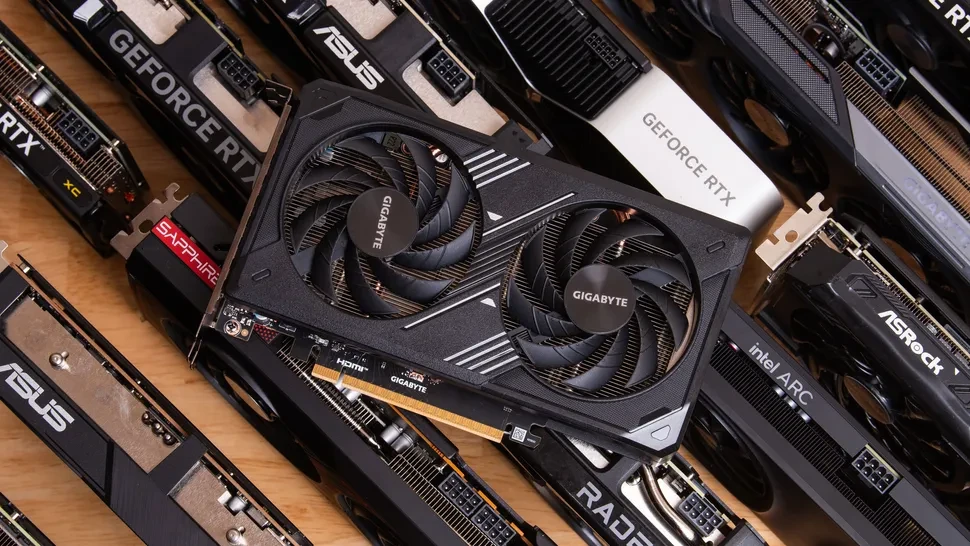Just found out someone picked up a GTX 1660 Super at a thrift store for only 8 bucks. Yeah, you read that right. 8 dollars. Meanwhile, I'm over here searching under my couch cushions for spare change.
It’s amazing how some people stumble upon treasures while I’m stuck with my old graphics card, probably gathering dust and telling me to get a life. If only I had better luck at thrift shopping.
Maybe I should just start a new hobby? “Thrift Store Hunting” sounds like a plan... or not.
Anyway, good for them, I guess?
https://arabhardware.net/post-52935
#GTX1660Super #ThriftStoreFinds #LivingTheDream #GamingLife #JustKidding
It’s amazing how some people stumble upon treasures while I’m stuck with my old graphics card, probably gathering dust and telling me to get a life. If only I had better luck at thrift shopping.
Maybe I should just start a new hobby? “Thrift Store Hunting” sounds like a plan... or not.
Anyway, good for them, I guess?
https://arabhardware.net/post-52935
#GTX1660Super #ThriftStoreFinds #LivingTheDream #GamingLife #JustKidding
Just found out someone picked up a GTX 1660 Super at a thrift store for only 8 bucks. Yeah, you read that right. 8 dollars. Meanwhile, I'm over here searching under my couch cushions for spare change. 😂
It’s amazing how some people stumble upon treasures while I’m stuck with my old graphics card, probably gathering dust and telling me to get a life. If only I had better luck at thrift shopping.
Maybe I should just start a new hobby? “Thrift Store Hunting” sounds like a plan... or not.
Anyway, good for them, I guess?
https://arabhardware.net/post-52935
#GTX1660Super #ThriftStoreFinds #LivingTheDream #GamingLife #JustKidding
0 Comentários
·0 Compartilhamentos











